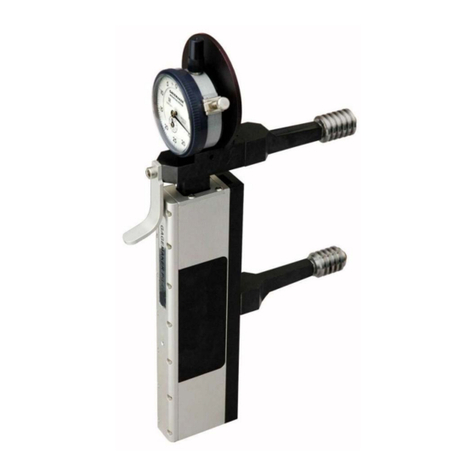GAGEMAKER RG-7000 User manual
Other GAGEMAKER Measuring Instrument manuals
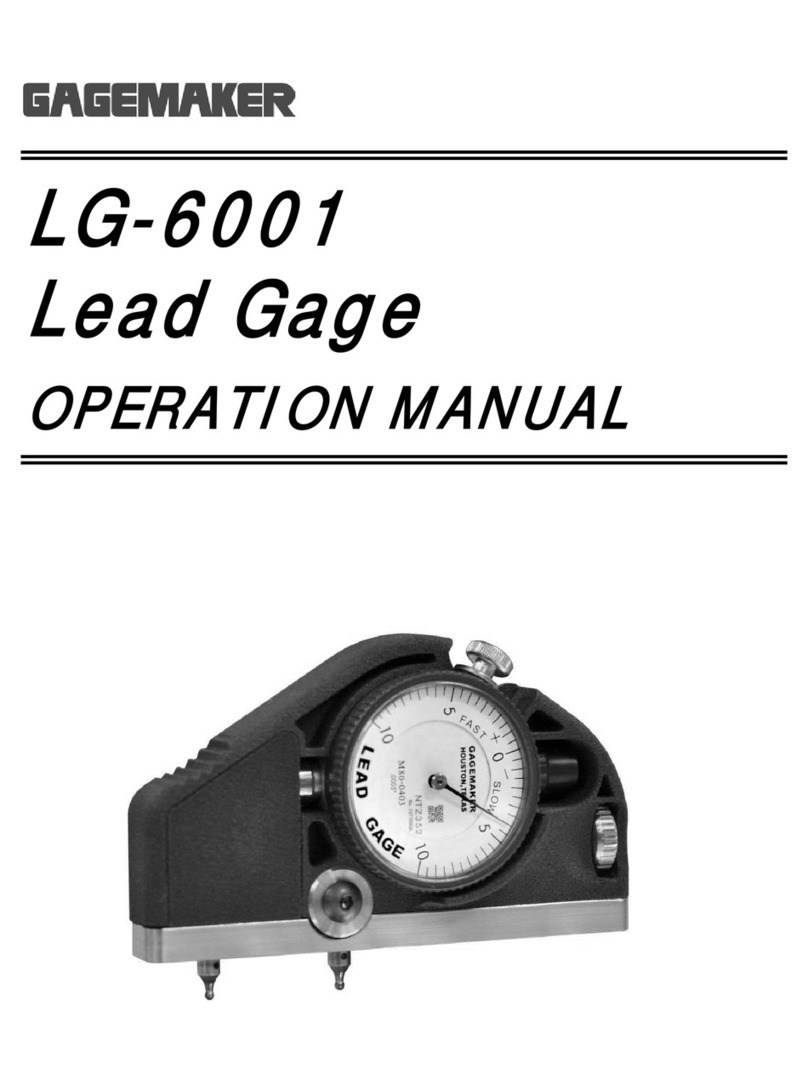
GAGEMAKER
GAGEMAKER LG-6001 User manual
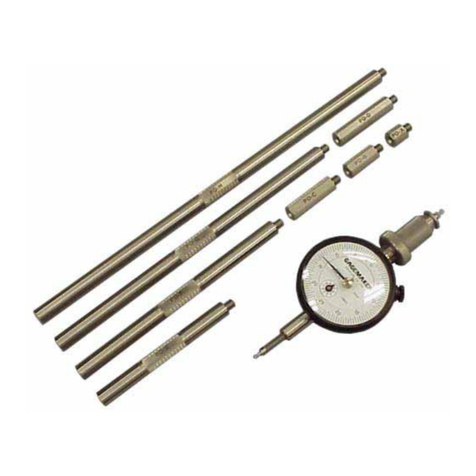
GAGEMAKER
GAGEMAKER PD-6001 User manual
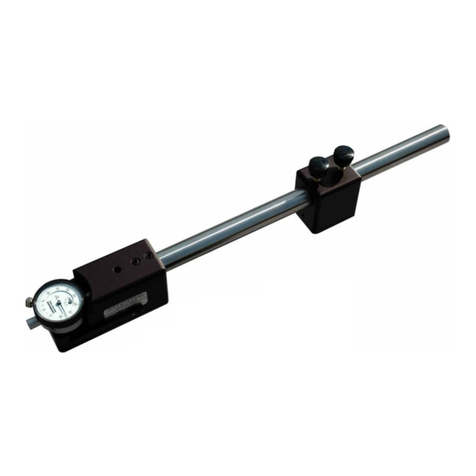
GAGEMAKER
GAGEMAKER BXG-1000 User manual
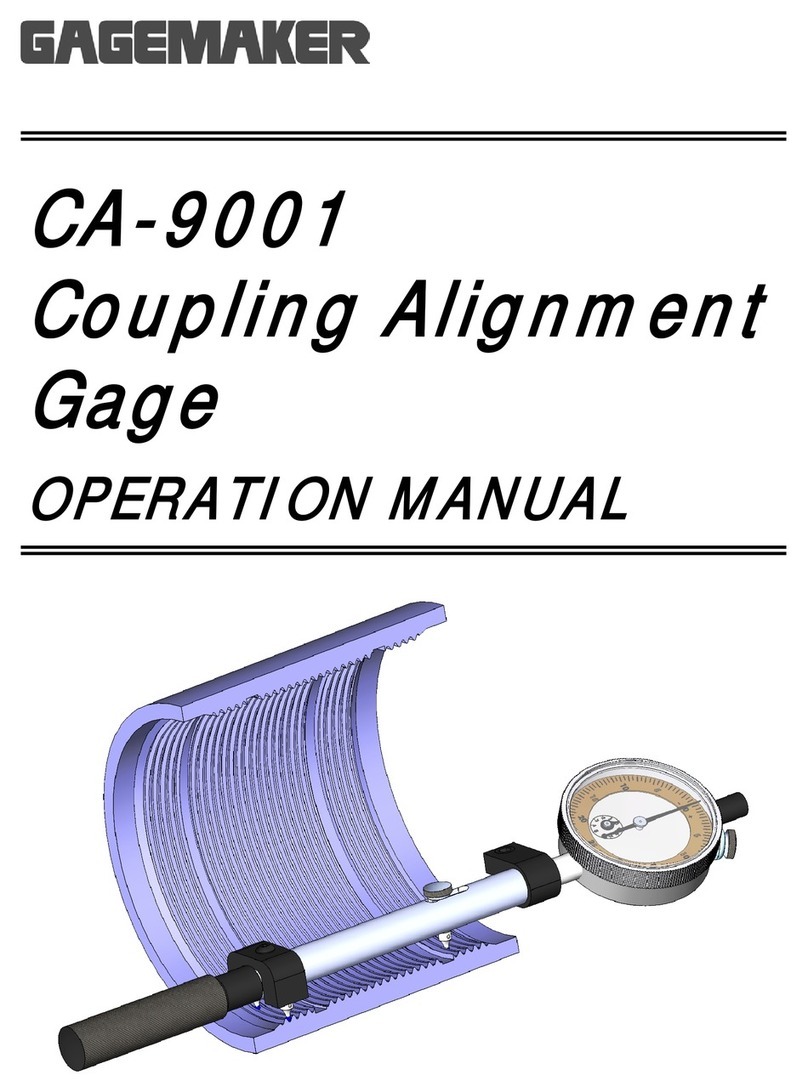
GAGEMAKER
GAGEMAKER CA-9001 User manual
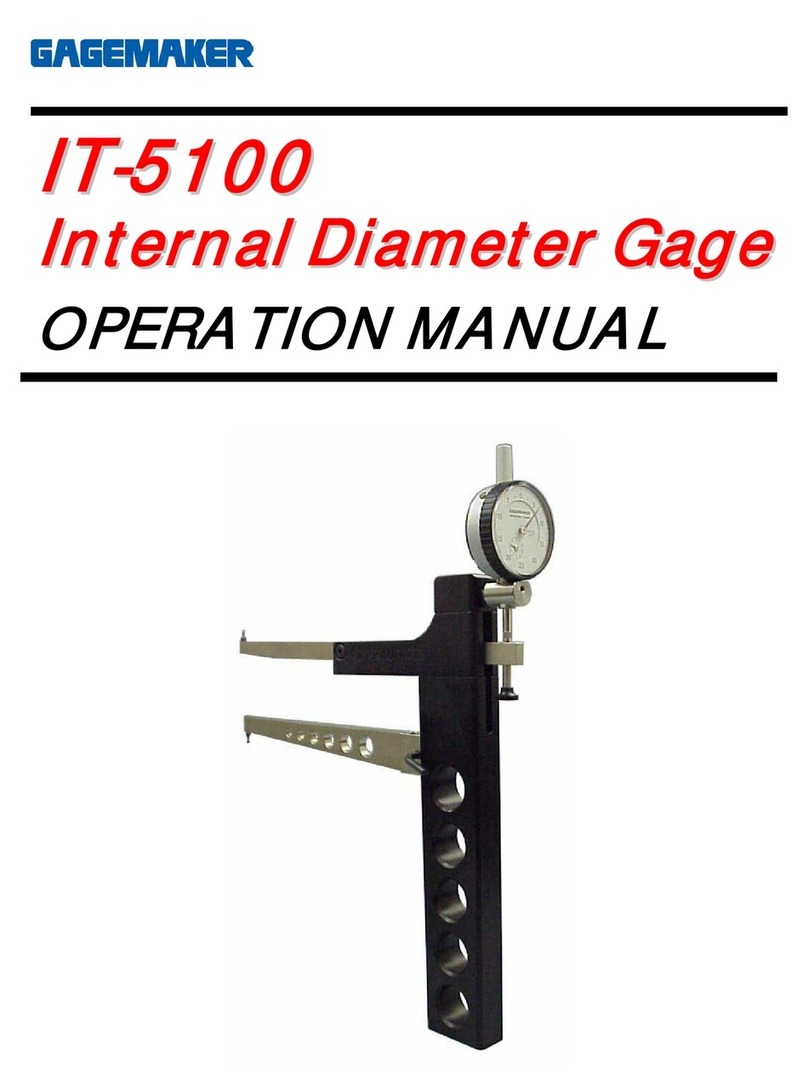
GAGEMAKER
GAGEMAKER IT-5100 User manual
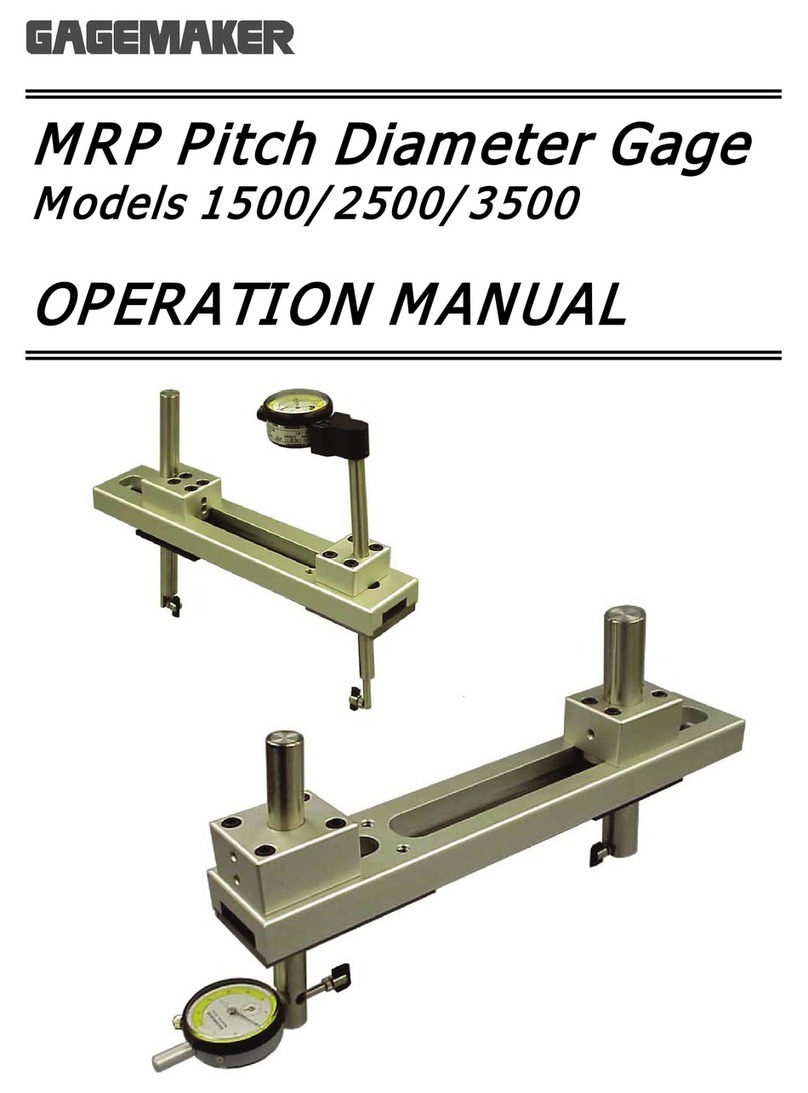
GAGEMAKER
GAGEMAKER MRP-1500 User manual
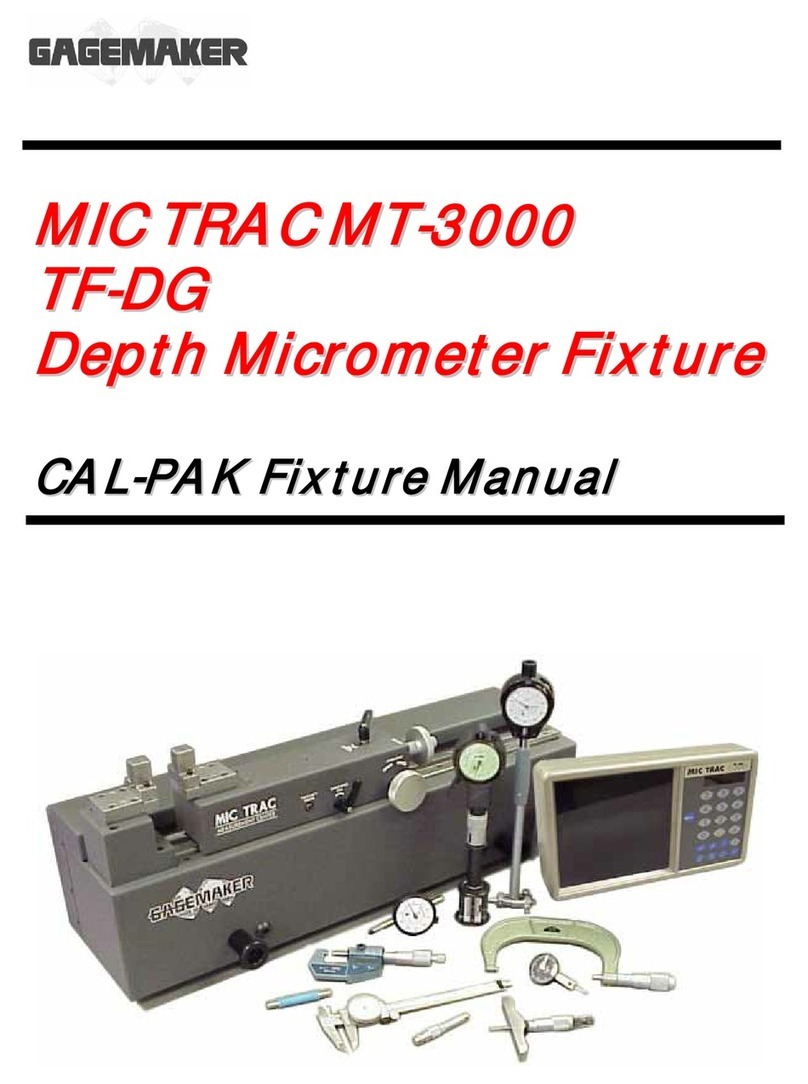
GAGEMAKER
GAGEMAKER MIC TRAC MT-3000 User manual

GAGEMAKER
GAGEMAKER MIC TRAC MT-3000 User manual

GAGEMAKER
GAGEMAKER MIC TRAC MT-3000 User manual
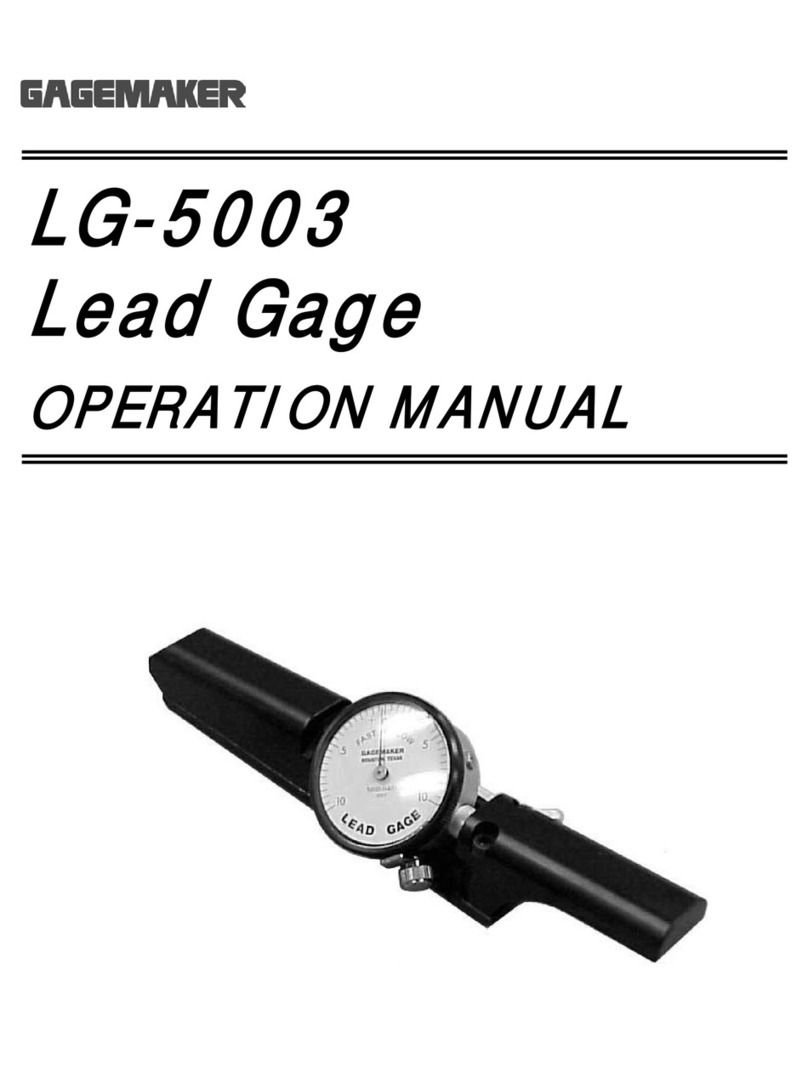
GAGEMAKER
GAGEMAKER LG-5003 User manual
Popular Measuring Instrument manuals by other brands

Powerfix Profi
Powerfix Profi 278296 Operation and safety notes

Test Equipment Depot
Test Equipment Depot GVT-427B user manual

Fieldpiece
Fieldpiece ACH Operator's manual

FLYSURFER
FLYSURFER VIRON3 user manual

GMW
GMW TG uni 1 operating manual

Downeaster
Downeaster Wind & Weather Medallion Series instruction manual

Hanna Instruments
Hanna Instruments HI96725C instruction manual

Nokeval
Nokeval KMR260 quick guide

HOKUYO AUTOMATIC
HOKUYO AUTOMATIC UBG-05LN instruction manual

Fluke
Fluke 96000 Series Operator's manual

Test Products International
Test Products International SP565 user manual

General Sleep
General Sleep Zmachine Insight+ DT-200 Service manual


